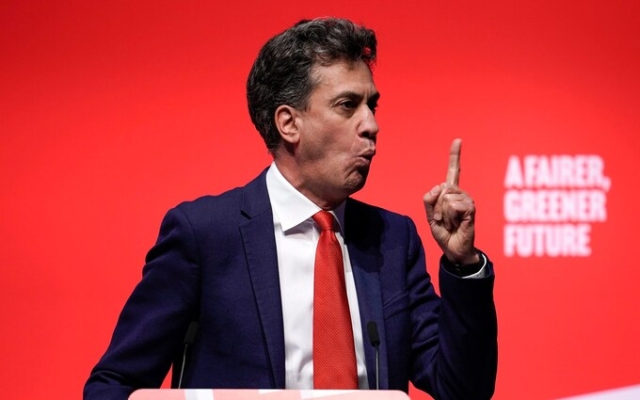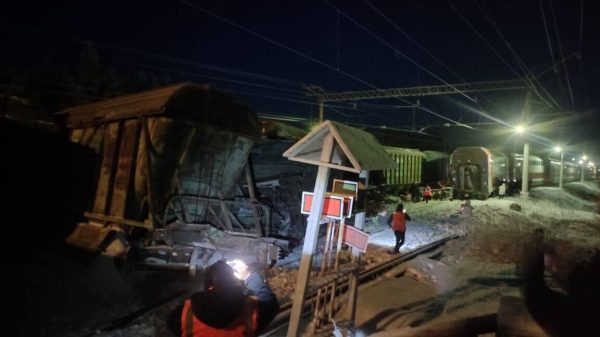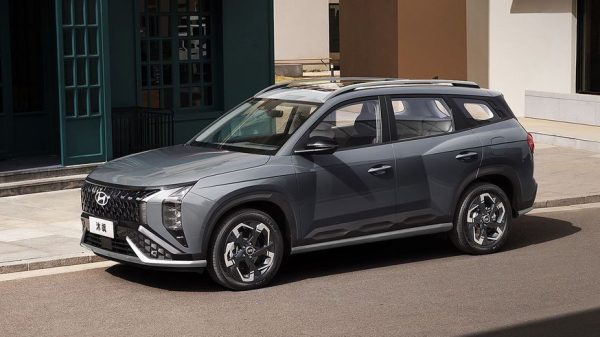 Shadow Energy Secretary Ed Miliband says Labour's policy is to «deliver Britain's clean energy and energy independence». Photo: Christopher Furlong/Getty Images Europe
Shadow Energy Secretary Ed Miliband says Labour's policy is to «deliver Britain's clean energy and energy independence». Photo: Christopher Furlong/Getty Images Europe
The march of power poles across the UK countryside is set to speed up under Labour's plans to make it easier to build new power lines across hills and open countryside.
Ed Miliband, shadow The energy secretary and Rachel Reeves, the shadow chancellor, will set out plans at the party conference this week to “rewire Britain” and build a cleaner energy network, potentially attracting £200 billion of private investment.
This followed warnings from several sources, including Nick Winser, the government's electricity commissioner, that a lack of grid capacity and connections was blocking the uptake of renewable energy and the switch from gas to electric home heating.
However, Labor The plan is likely to be highly controversial as it would mean building thousands of new power lines and cables in rural or wild landscapes.
Conservatives were forced to ban the expansion of onshore wind farms in 2015 due to public backlash over their impact on landscapes. The number of poles and cables involved in Labour's net zero push is so large that many fear a similar backlash.
The Labor Party recognizes that such large-scale impacts on the landscape will require a sensitive approach. One idea is to create «cable corridors» zoned for poles, but with areas on either side protected from such developments.
A spokesperson confirmed that it is «open to all ideas,» including laying cables through national parks, most of which are likely in underground trenches.
Ms Reeves hopes to win voter support by promising to lower energy bills for people living near onshore wind farms or energy towers.
In her speech at the conference on Monday, she will say: «We want to make sure that when a local community has critical national infrastructure, they experience the benefits, including lower energy bills.»
However, expanding the network could actually increase consumer bills: the cost of running electricity and gas distribution networks in the UK already accounts for around 18% of consumer bills, and more infrastructure is likely to mean higher costs.
Pylons have been used to support the UK's network of high-voltage overhead power lines for almost 100 years. Today there are more than 90,000 of them across Britain.
National Grid's 22,000 towers are the largest, standing 623 feet tall and connecting more than 4,500 miles of cable in England and Wales alone. They also have the highest voltage, which is used to transmit electricity over long distances.
The rest are owned by distribution network operators, which transmit electricity from National Grid substations to homes and businesses. The UK's overall electrical network contains around 600,000 miles of cables.
However, the National Grid was built to serve the UK's historic network of coal, gas and nuclear power stations, many of which are being phased out.
p>
Offshore and wind farms, solar farms and possibly tidal power stations that will replace They are in vastly different locations and will require thousands of miles of new poles and cables to transmit power from remote, often northern, locations to power-starved cities in the south.
Renewable energy projects have complained of waiting years, sometimes decades, to connect to the grid amid large backlogs of projects and large amounts of bureaucratic delays.
Rachel Reeves is hoping to win over voters by promising to lower energy bills for people living near certain infrastructure. Photo: Heathcliff O'Malley
Mr Miliband said in a statement: «Labour's energy policy will take back control of our energy system to deliver clean energy and Britain's energy independence.
«With the help of GB Energy, our state-owned energy company, we will deliver the network we need to cut bills for every family and business.”
Rishi Sunak has also pledged to overhaul Britain's energy supply, promising to speed up the process as part of his net zero package announced last month.
p>
National Grid said it welcomed Labour's proposals.
A spokesman said: “It is clear that reforms to the planning system and connection queues, as well as support to build the future supply chain, are key to ensuring we can quickly build critical infrastructure needed to reduce bills and improve energy security.» and achieve net zero.»
Emma Pinchbeck, chief executive of industry group Energy UK, said: «Any future government will need to make the grid a priority for the economy and find solutions that speed up grid delivery.» infrastructure.
“We know that to provide the cheapest domestic electricity for businesses and homes, we need to build seven times more infrastructure over the next decade than we built in the previous ten years — and it is completely unacceptable that wind farms, hospitals, apartment complexes or charging stations could be connected to the grid within ten years.”


































































Свежие комментарии